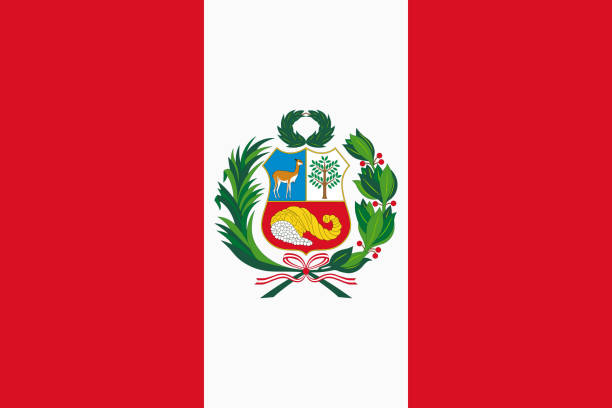Fourth Stop –––––– Madagascar!
Is an Island country in the Indian sea and is the second largest island country in the world.
Wildlife Since Madagascar is an Island, all the land has been isolated for about 88 million years and the wildlife shows it, with most of their animals being unique.
As we know, Lemurs are the staple animal of Madagascar and there are more than 100 species that are only found in Madagascar.
Third Stop –––––– South Korea!
Is a region in East Asia. Since 1945 it has been its own state but is a part of the Republic of Korea. Is bordered by North Korea, China and Russia, is separated from Japan to the eats by the Korea Strait and the Sea of Japan (East Sea)
Is a region in East Asia. Since 1945 it has been its own state but is a part of the Republic of Korea. Is bordered by North Korea, China and Russia, is separated from Japan to the eats by the Korea Strait and the Sea of Japan (East Sea)
Second stop –––––– Norway!
Their food is strongly influenced by the
sea farming and land farming; some of the typical Norwegian dishes include
Rakfisk, smalahove, pinnekjøtt, and many others.
Borgund Stave Church
Is a former parish church of the Church of Norway in Lærdal Municipality in Vestland county, Norway
Norwegian Museum of Cultural History
Is a museum of cultural history with extensive collections of artifacts from all social groups and all regions of the country.
For an extended period, the Norwegian art scene was dominated by artwork from Germany and Holland
Young Girl by the Fjord - Hans dahl
First stop ––– Peru!

Peru is essentially a tropical country, with its northern tip nearly touching the Equator Despite its tropical location, a great diversity of climates, ways of life, and economic activities is brought about by the extremes of elevation and by the southwest winds that sweep in across the cold Culinary speaking, Peru is the “Hope Diamond of Latin America”, home to dishes and flavors you won't find anywhere else. With dishes like Peruvian Primer, ceviche, lomo saltado, Ají de Gallina, there are a lot of food Peru is well known.
Peruvian Culture Peruvian culture is a beautiful mix of Hispanic and native traditions. The Quechua and the Aymara are the two main native cultures of Peru, both of whom speak their native languages
These Inca descendants have successfully preserved and developed their proud cultures despite the creeping in of globalization. In fact, the old Inca seat of Cuzco is still perceived as the cultural capital of the country by many.
The indigenous women of the Andes dress in layers of bright, colorful traditional clothing. They wear capes, shawls, embroidered skirts, and brightly colored hats. Not all Peruvians dress in traditional clothing, however. Many Peruvians, even indigenous people, wear modern clothing most of the time and traditional clothing only on special occasions. Others wear beautiful traditional skirts and even hats to work in the fields.

























No comments:
Post a Comment